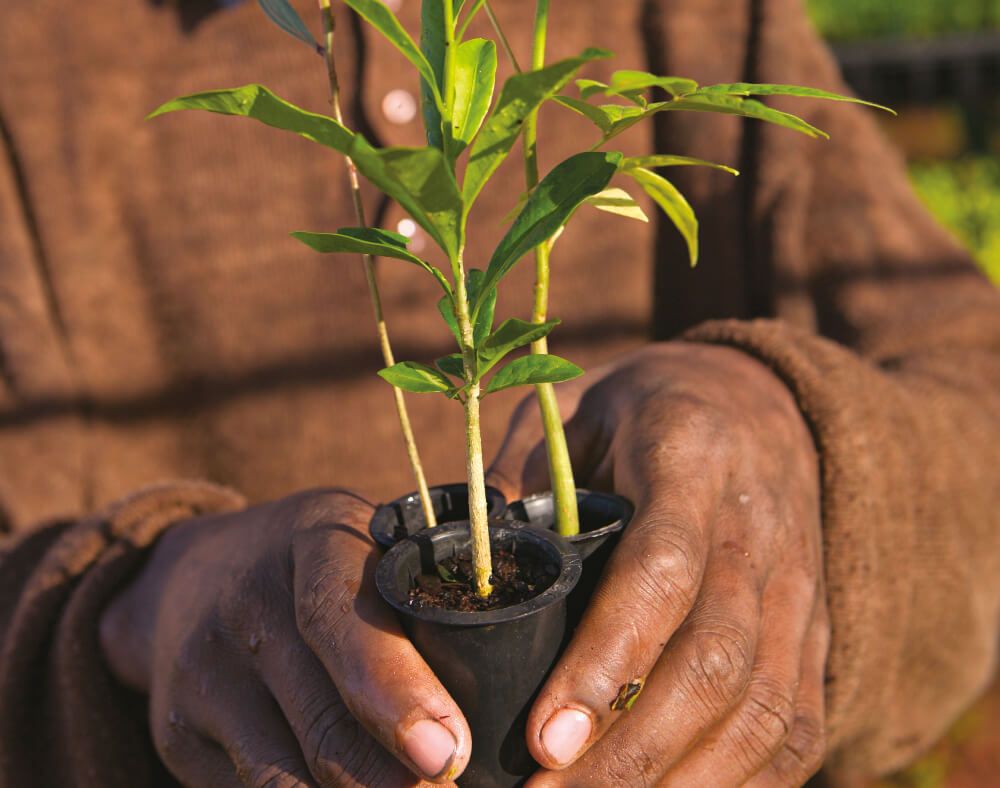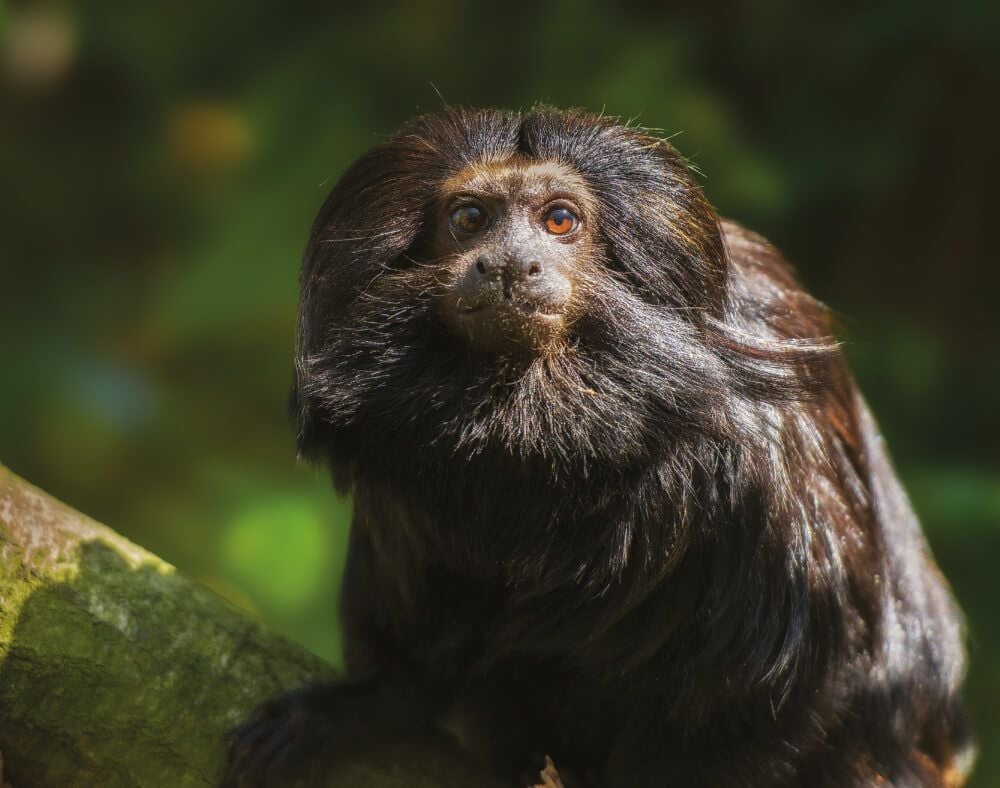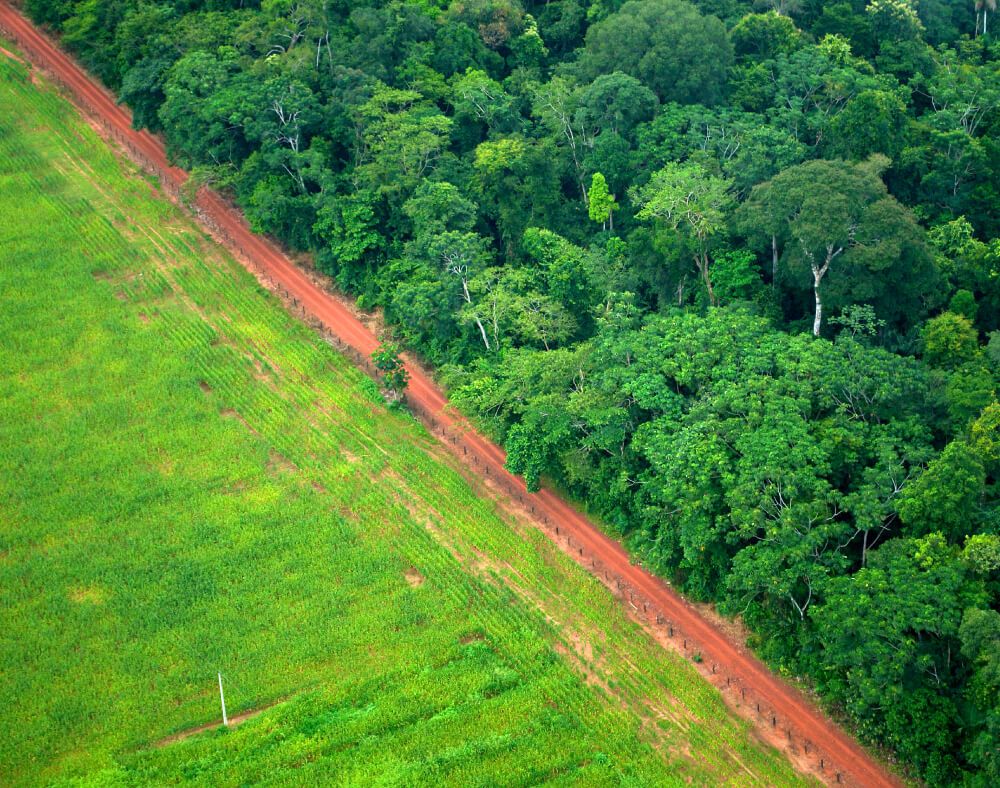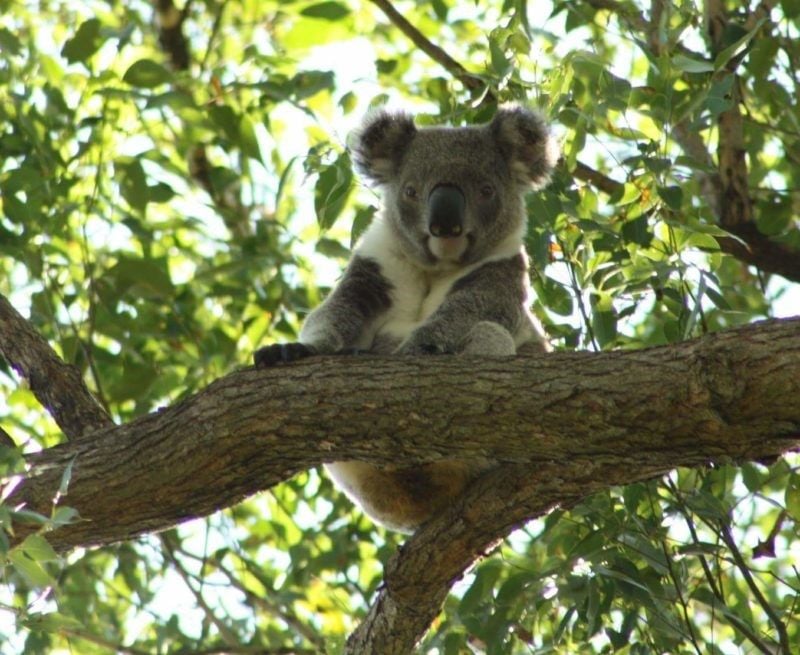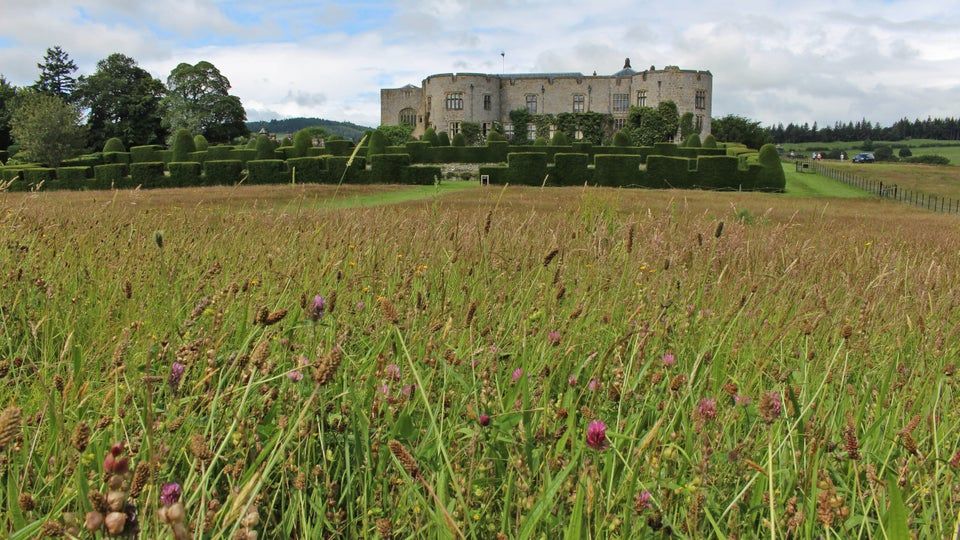Help create wildlife corridors with the Durrell WIldlife Conservation Trust's Atlantic Rainforest Appeal
Posted on
|
The lush rainforest runs along the Atlantic coast and inland in southern Brazil. It is home to many species and plants which are not found anywhere else on earth. The problem for wildlife is.... Sadly, a mere 12% of this huge landscape now persists in very fragmented pockets. Towns, pastures and intensive farming have replaced the rainforest. Many species living there are threatened with extinction as they are living in small fragmented areas and so are becoming increasingly isolated. These include the black lion tamarin, the jaguar, ocelot and puma. One way to solve this problem... The Durrell Wildlife Conservation Trust has an Atlantic Rainforest appeal which is aiming to create wildlife corridors and so joining fragmented areas of rainforest up.
Durrell wants to protect this ecosystem by creating wildlife corridors to join up the fragmented bits. They will do this by planting trees to connect the Morro do Diabo State Park to isolated forest fragments to the north, thus reconnecting wildlife. In doing this project, Durrell is working with their partners at the Instituto de Pesquisas Ecológicas (IPE). You can help restore this rainforest by planning 17,000 trees and in creating sustainable livelihoods for local people and neutralize about 2,500 tonnes of greenhouse gas emissions. The trees will be planted in community nurseries, planted by local people – so giving them sustainable livelihoods. People and wildlife will win through this project.
Durrell say that:
Every £ counts!
|
